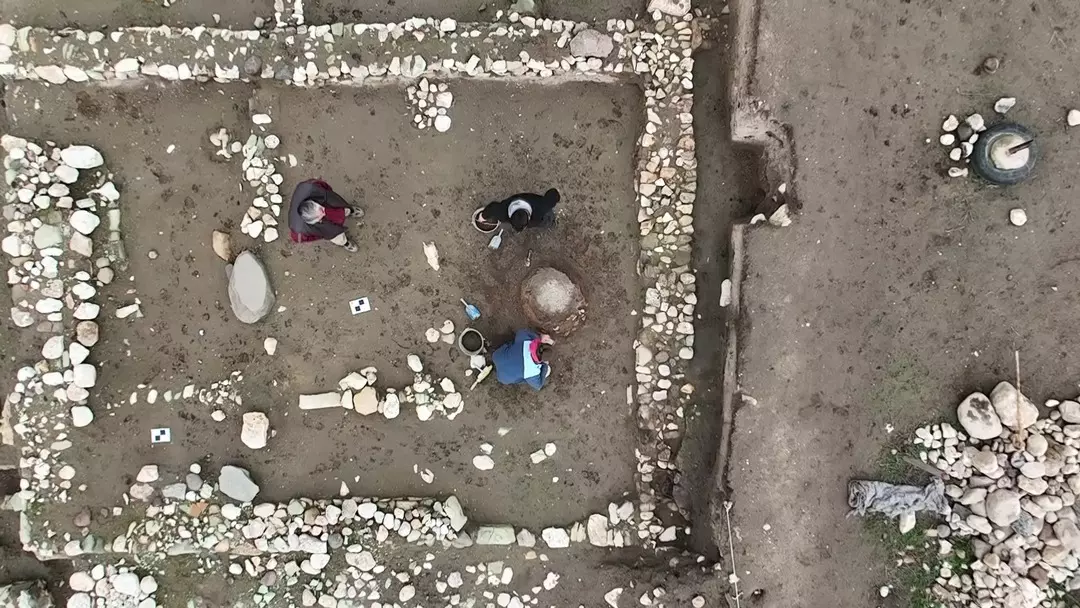The Sex Lives of Early Humans: A Journey into Prehistoric Intimacy
Human intimacy is as old as humanity itself, yet the sex lives of early humans remain shrouded in mystery and speculation. While we may never know every detail of their personal lives, researchers have pieced together a fascinating picture of how our ancestors approached relationships, reproduction, and the complexities of social bonds. Here, we explore what science and archaeology reveal about the sex lives of early humans—and how those behaviors shaped the course of human history.
Life, Love, and Survival in the Prehistoric World
Early humans faced a world where survival depended on community, adaptability, and resourcefulness. In this context, sex and reproduction were not just private matters but integral to the survival of the species. However, the motivations and dynamics behind these intimate acts went beyond mere reproduction.
1. Social Bonds and Cooperation
Anthropologists suggest that early human groups thrived on cooperation and interdependence. These tight-knit communities often used intimacy and sexual relationships to strengthen social ties and maintain harmony. Unlike modern societies with strict monogamous norms, some prehistoric cultures may have practiced fluid mating strategies, where sexual relations were less about exclusivity and more about fostering group cohesion.
2. Pair Bonding: The Roots of Modern Relationships
Despite the communal aspects of early human life, evidence suggests that pair bonding—a precursor to modern romantic relationships—emerged as a strategy to ensure offspring survival. By forming close partnerships, early humans could better share resources, protect young children, and divide labor. This behavior likely provided an evolutionary advantage, enabling the survival of more offspring.
The Role of Sex in Early Human Communities
Sexual behavior in early human societies was multifaceted, playing roles in reproduction, social order, and even conflict resolution. Here are some insights into the complexities of their intimate lives:
1. Reproduction and Genetic Diversity
One of the most intriguing aspects of early human sexuality is the interbreeding between different hominid species. Homo sapiens, for instance, are known to have had intimate relationships with Neanderthals and Denisovans. This genetic mingling wasn’t just a historical curiosity; it enriched the gene pool, providing modern humans with traits that helped them adapt to various environments. For example, certain immune system genes inherited from Neanderthals continue to protect us today.
2. Sex as a Social Tool
Sex wasn’t only about reproduction. In many early human societies, it likely played a role in reducing tension, building alliances, and strengthening group bonds. Some anthropologists compare these behaviors to those of our primate relatives, such as bonobos, who use sexual activity to resolve conflicts and foster cooperation within their groups.
Cultural Expressions of Sexuality
Early humans were not just practical in their approach to sex—they also expressed it in symbolic and ritualistic ways. Archaeological evidence, including cave paintings and carvings, suggests that sexuality had a place in their art and possibly their spiritual practices. Fertility figurines, such as the famous Venus of Willendorf, hint at a cultural appreciation for reproduction and the female form.
1. Rituals and Symbolism
Artifacts and ancient art suggest that early humans may have associated sex and fertility with cosmic or spiritual forces. These rituals likely served to reinforce communal values and celebrate the continuation of life.
2. Storytelling and Teaching
Oral traditions and symbolic depictions may have also been used to teach younger generations about reproduction, social norms, and the responsibilities tied to intimacy. These practices helped preserve knowledge and guide behavior within the group.
How Modern Science Unlocks Ancient Intimacy
Researchers rely on a combination of tools to uncover the intimate lives of early humans:
Fossil Evidence: Examining pelvic bones and other skeletal features provides clues about reproductive anatomy and childbirth practices.
DNA Analysis: Genetic studies have revealed surprising insights into interbreeding between species and the inheritance of traits linked to sexual behavior.
Artifacts and Art: Objects like fertility figurines and cave paintings offer glimpses into how early humans viewed sex and its role in their lives.
Lessons from the Past
Understanding the sex lives of early humans helps us appreciate the diversity and adaptability of our species. From fostering community bonds to ensuring genetic diversity, intimacy played a pivotal role in shaping human evolution. It also reminds us that sexuality, while deeply personal, has always been intertwined with larger social and biological forces.
As we continue to uncover new evidence, one thing remains clear: the story of early human intimacy is as complex and fascinating as humanity itself.







